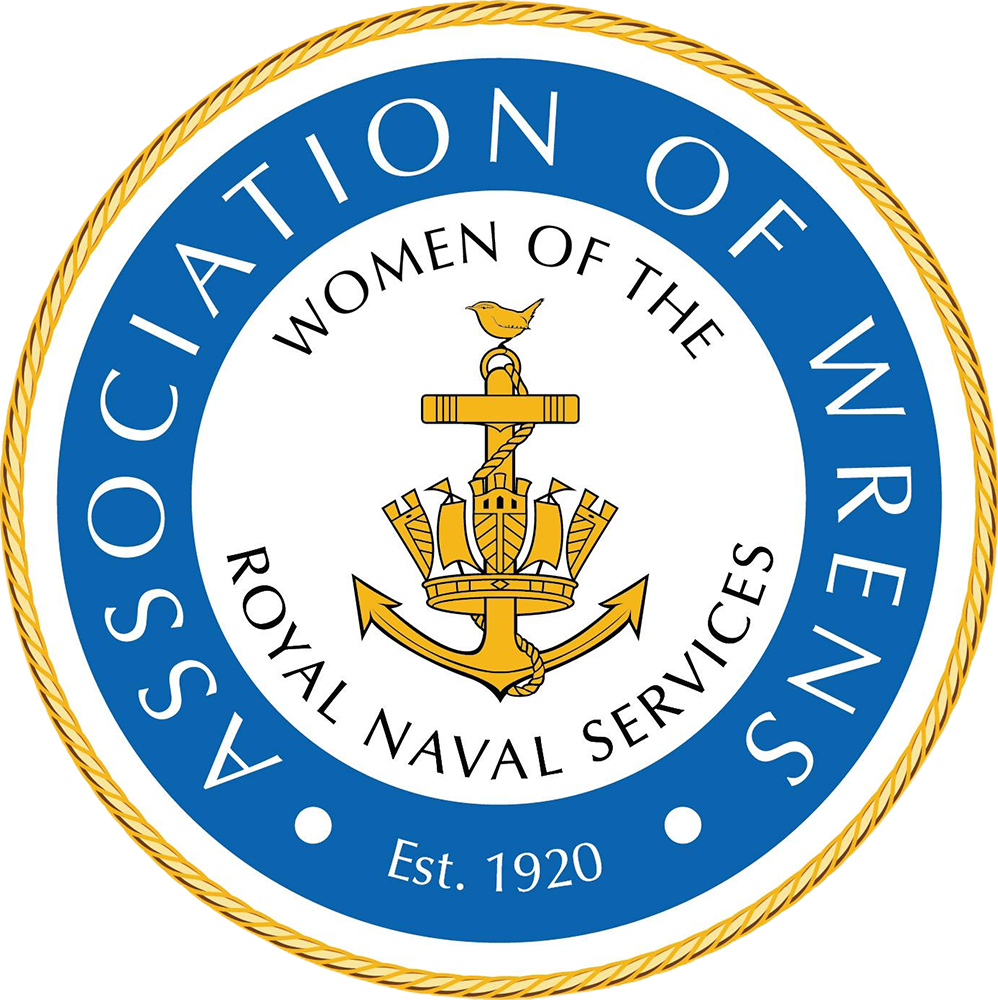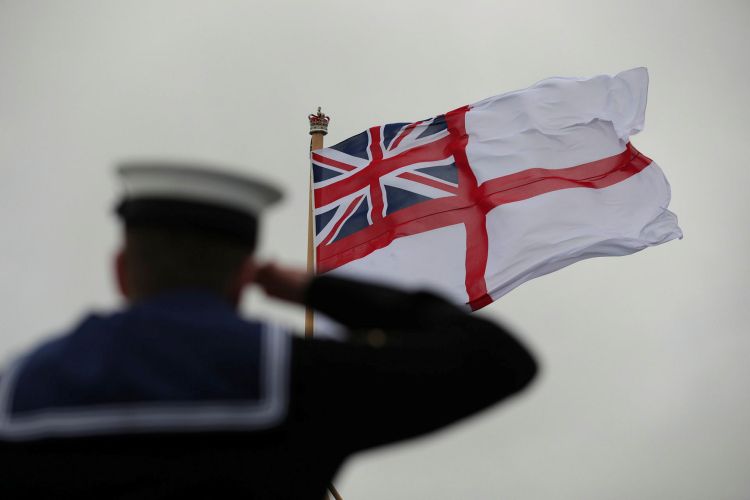
The White Ensign: A brief history of the iconic Royal Navy flag
The Royal Navy is one of the oldest and most established navies in the world.
It is united by 475 years of history, a motto that states: “If you wish for peace, prepare for war,” and its flag – the White Ensign – which is flown on British Royal Navy ships and shore establishments around the world.
It might just be a simple piece of cloth, but a flag can be a powerful symbol that conveys nationhood and belonging.
- Union Jack: Do you know the correct way up?
- In Pictures: HMS Spey And HMS Tamar Leaving Portsmouth
- Know Your Navy – The Royal Marines
Flags embody the values of an organisation. They are enshrined with meaning and inspire strong emotions from those who see them.
Each flag has its own unique history.
Graham Bartram, the UK’s Chief Vexillologist at the Flag Institute since the 1990s, is a flag expert who advises the UK Government on correct protocols. About the importance of flags, Mr Bartram said:
“[Flags are] probably one most powerful symbols in the world. That is why we should treat them with respect.”

During his long career, Mr Bartram has worked with the United Nations, the British Government, the Palace and the Ministry of Defence.
If standing in Parliament Square, one can see three flags that the vexillologist created, if you look in three different directions – the flag of the Supreme Court, the flag of St Margaret’s (the church next to Westminster Abbey) and the flag of the House of Commons.
Mr Graham, speaking about why he personally decided to dedicate his career to the study of flags, said: “You can have millions of copies of that piece of fabric with the same design but somehow, they are so much more than that.
“The flag reflects people’s identities.
“It is both a piece of fabric and everything encompassed in that piece of fabric, it is the history, it is the geography and all the people involved in what made that flag what it is.”
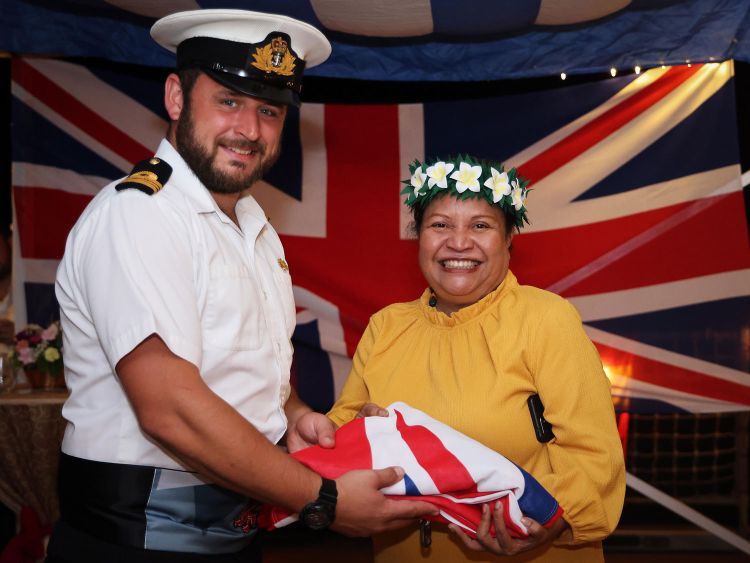
What are the origins of the White Ensign?
The origins of the answer go back to Tudor times. The Tudor flags were striped with an English flag in the corner because England was still separate from Scotland at that point.
After the two countries united in 1707, what might be recognised as a White Ensign was developed, in other words, a white flag with a red cross over it with a Union Flag in the corner.
At the time, the Union Flag did not have red diagonals because Ireland had not joined the Kingdom of Great Britain at that point.
According to Mr Bartram: “Originally, the Royal Navy didn’t just use the White Ensign.
“It used the White Ensign, the Red Ensign and the Blue Ensign because the Navy was divided into three different squadrons. And the squadrons each had their own Admiral, Vice Admiral and Rear Admiral.
“And the interesting thing is the white wasn’t the most senior one… the most senior ensign was the red one.”
The year 1864 was a monumental year for the Royal Navy because it was decided then to drop the squadron system and just use one flag for the entire Royal Navy.
The decision was made that the White Ensign would represent the Royal Navy from then on.
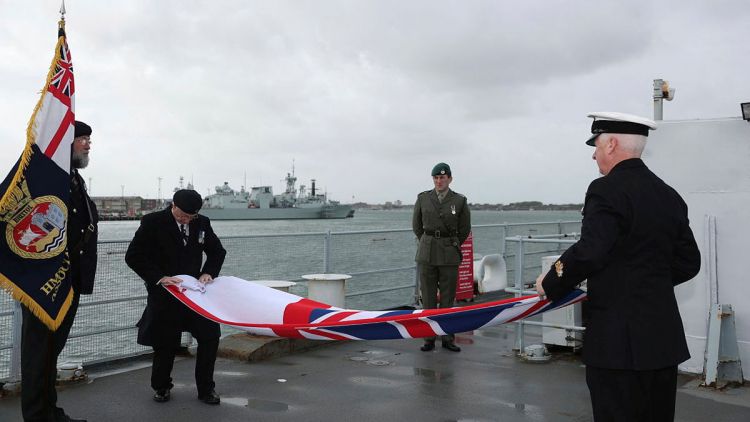
Why was white chosen instead of blue or red?
Mr Bartram said the Royal Navy may not have had much power in the decision-making process at the time.
He said: “I’m not sure if they chose or whether it was imposed upon them by the powers that be.”
The Red Ensign was assigned to the Merchant Navy. Merchants had already been using red flags even before the squadron system was abolished.
Arguably, the merchant fleet was more important at the time, as Mr Bartram explains: “That was where our wealth was coming from… we literally used to own virtually the entire world shipping fleet.”
All the goods that were coming from the newly created British Empire were travelling on the Merchant Navy ships.
“The merchant side was considered very important so they got the red. The Navy got the white and the Government got the blue.”
This categorisation has survived until this day.
Government vessels fly Blue Ensigns on the back. Royal Navy vessels will almost always sport white unless they are doing trials or are not in commission. While everyone else has Red Ensigns.
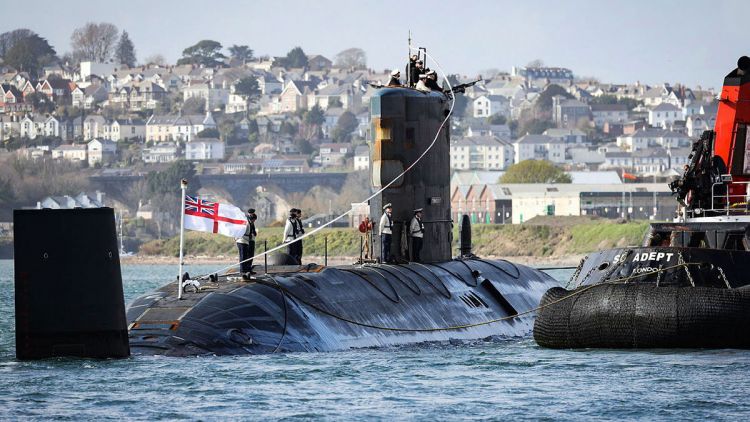
Are there exceptions?
As with every rule, there are, of course, exceptions. Naval clubs can apply for special permission to use a particular ensign.
For example, the Royal Yacht Squadron has special permission to fly the White Ensign, perhaps due to the fact that they are one of the oldest and most established British yacht clubs with former ties to the Duke of Edinburgh.
Ships must also fly a White Ensign when the Queen is on board.
HMS Warrior, a 40-gun steam-powered armoured frigate launched in 1860, flies a Red Ensign. As Britain’s first iron-hulled armoured battleship, she serves as a Naval Museum in Portsmouth Historic Dockyard.
Although HMS Warrior is technically a Royal Navy vessel, she flies the Red Ensign because, in her heyday when she was the pride of Queen Victoria’s fleet, she was part of the red squadron. Historically, she wore a Red Ensign and that is the way it remains until this day.
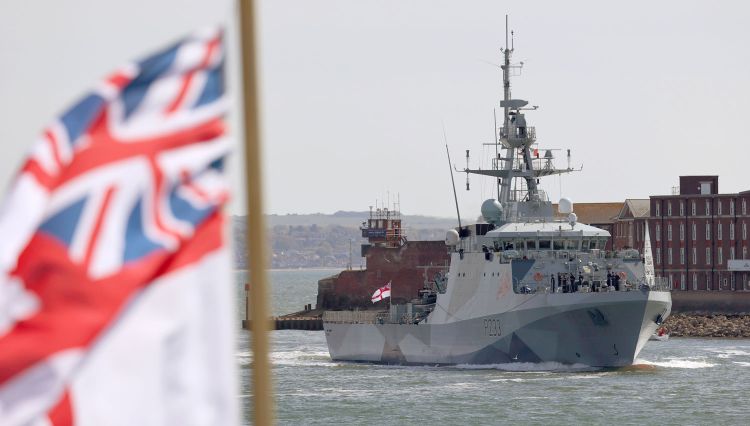
Why this particular design?
The White Ensign consists of a red St George’s cross on a white background with a Union Flag in the upper left canton.
As explained by Mr Bartram: “This goes back to the Tudor flags, where they had basically stripey flags. And then they put an English flag in the top corner.”
There is a practical reason why the English Flag was put in the corner.
“If you think about when a flag is flying the bit of a flag, you can nearly always see, no matter what the wind is like, the bit in the top corner.
“Because it’s held up, because that’s where the flagpole is, and that’s where the ropes are, it’s held in location.”
Even if there is no wind and the flag is drooping, the top corner will always be the most visible.
“Whereas the bits at the bottom and nearest the fly, which is a bit further from the flagpole, they all tend to get bunched up and, you know, disappear behind each other.
“So that’s why the top left corner is considered the most senior point on a flag. And that’s why you always put your most important element there.
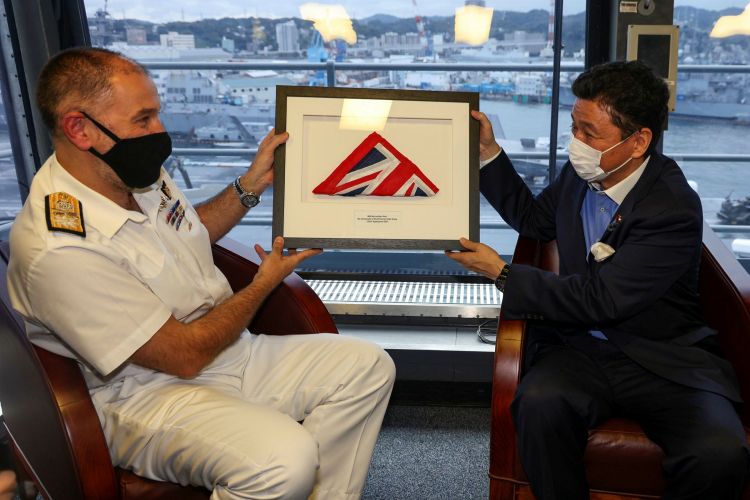
“In Britain’s case, we put a Union Flag. The Americans put what they call the union, which is the stars, the blue field of the 50 stars, because that’s what represents the country, 50 stars for 50 states.”
The last time the American flag changed was in 1960. After Alaska and Hawaii became states in 1959, new stars were added to the flag.
The last time there was a major change to the flag in Britain was in 1801 when Ireland joined the Union. Red diagonals were added to the Union Flag to represent Ireland. The White Ensign was updated accordingly.
What is the difference between an ensign and a flag?
An ensign is a type of flag.
Chief Vexillologist Mr Bartram said: “Ensign in modern terms usually refers to the flag that’s on the back of a ship. Because that’s normally where you’d fly the ensign of a modern ship.
“Some modern warships fly them from the main mast. But the traditional ships fly ensign from the master at the back.”
Association of Wrens
Association of Wrens and the
Women of the Royal Naval Services
Bldg 1/87 Scott Road
HM Naval Base
Portsmouth, PO1 3LU
Registered Charity No. 257040
Support Us
You can help support the work of the Association of Wrens by making a donation.
Basket
© Copyright 2021 Association of Wrens - Privacy Policy Website developed by Foster & Scott
